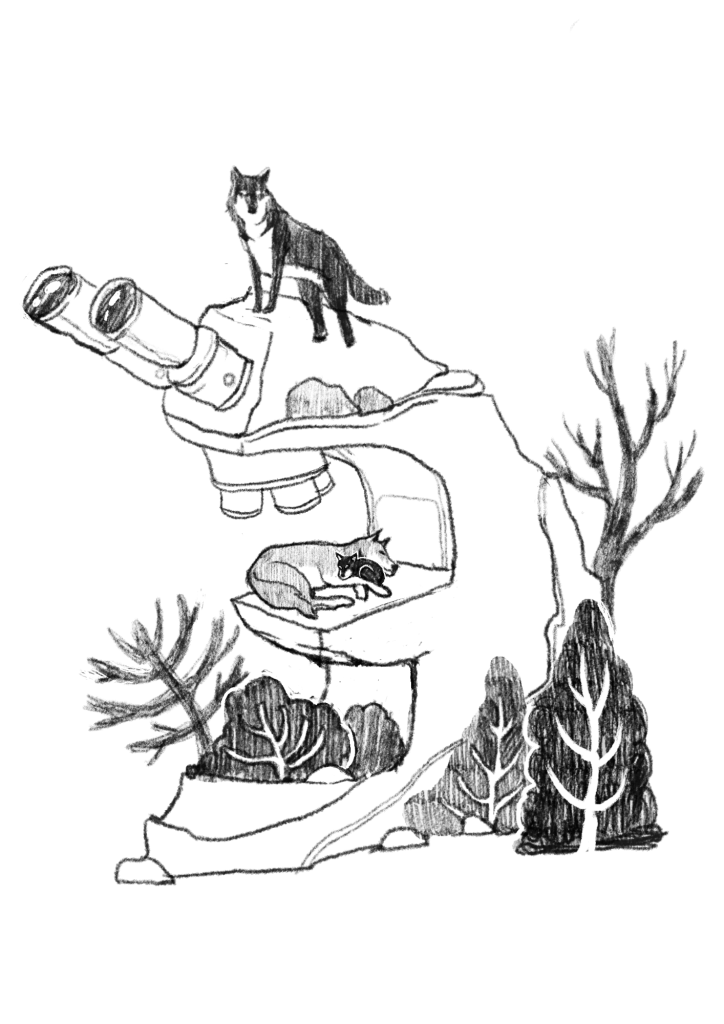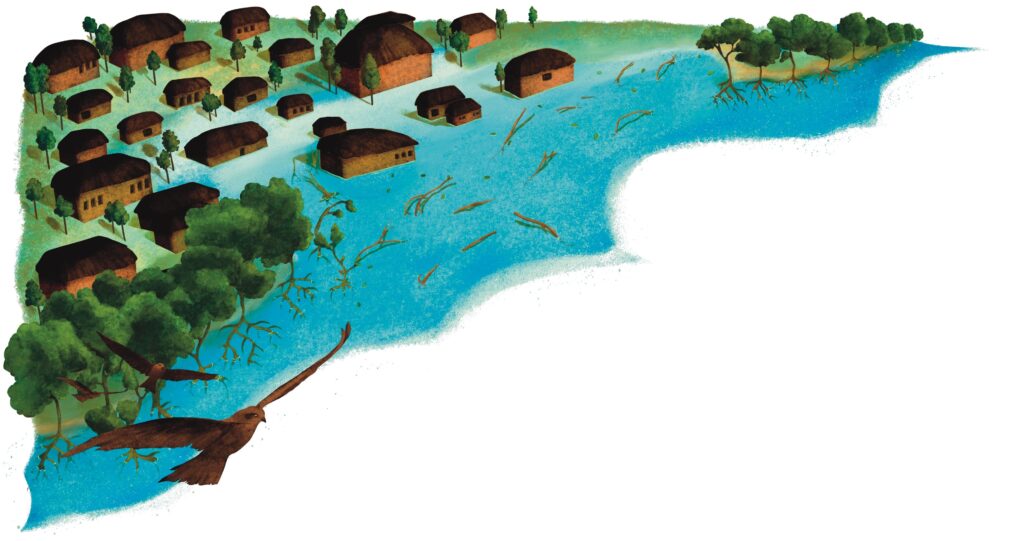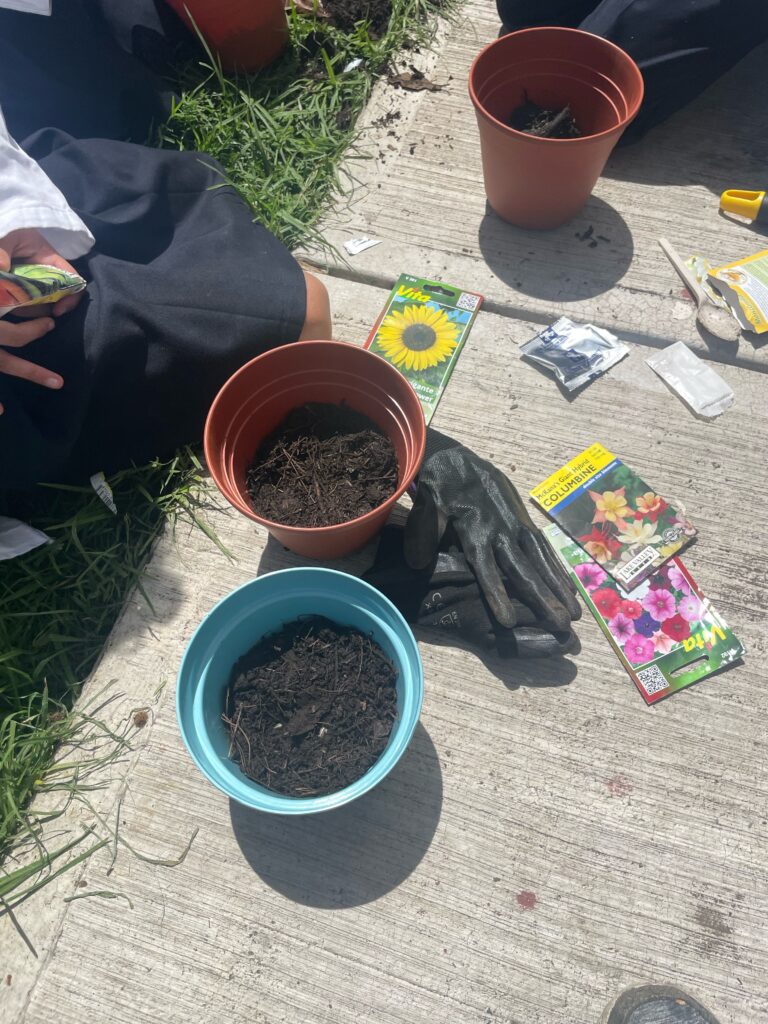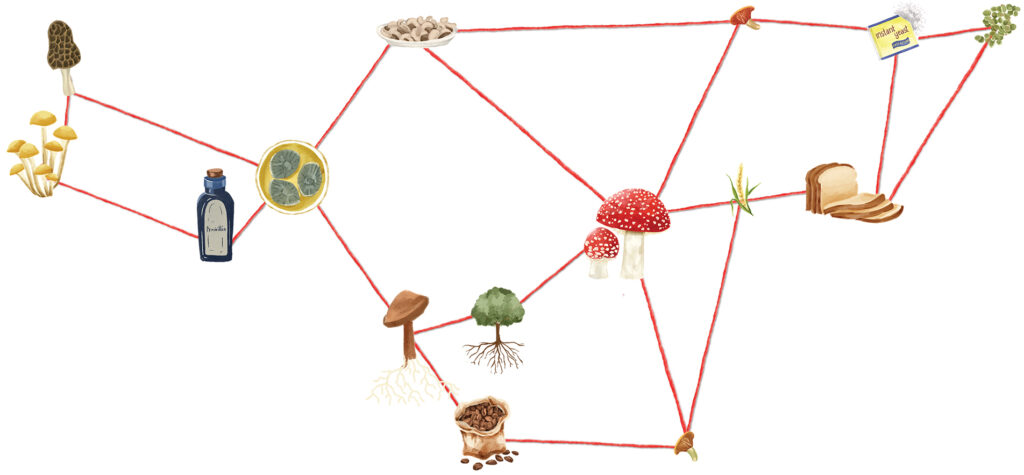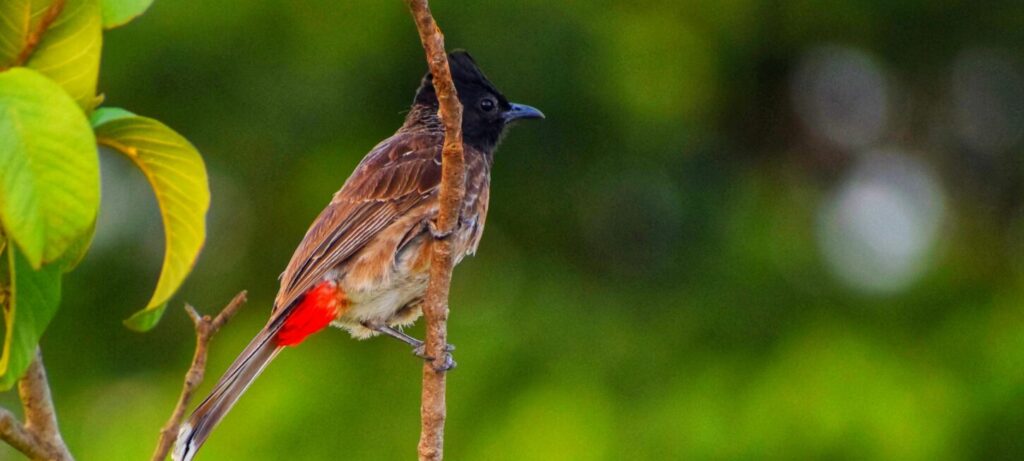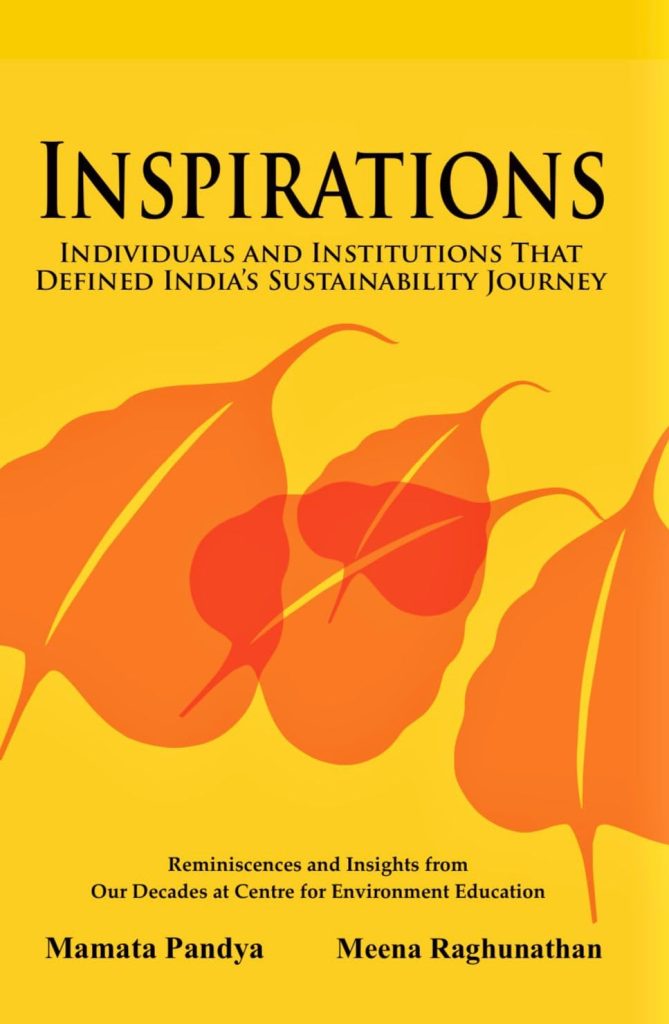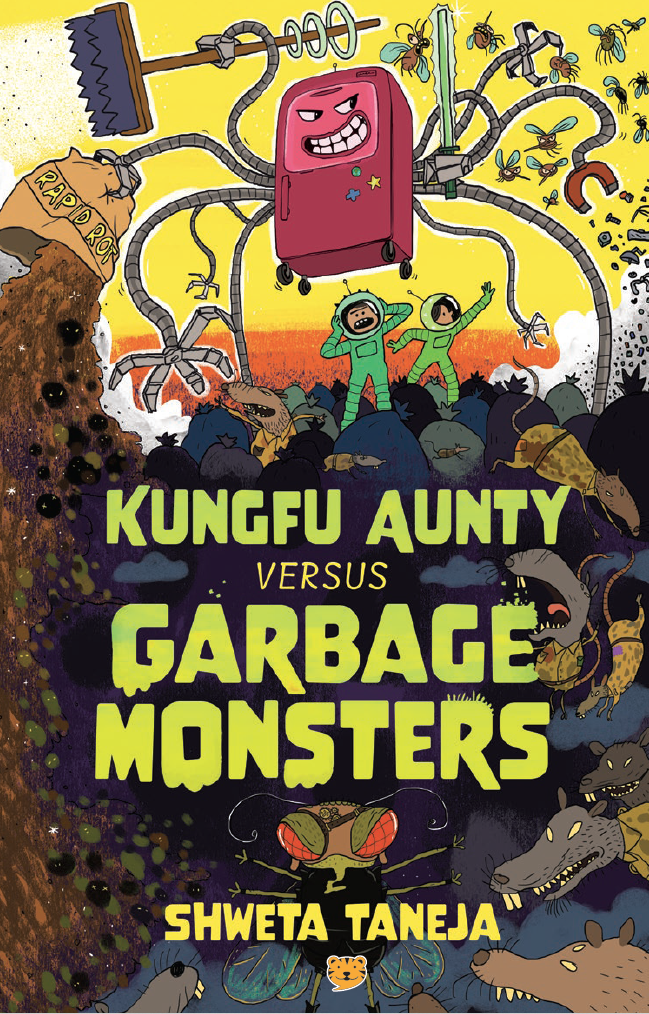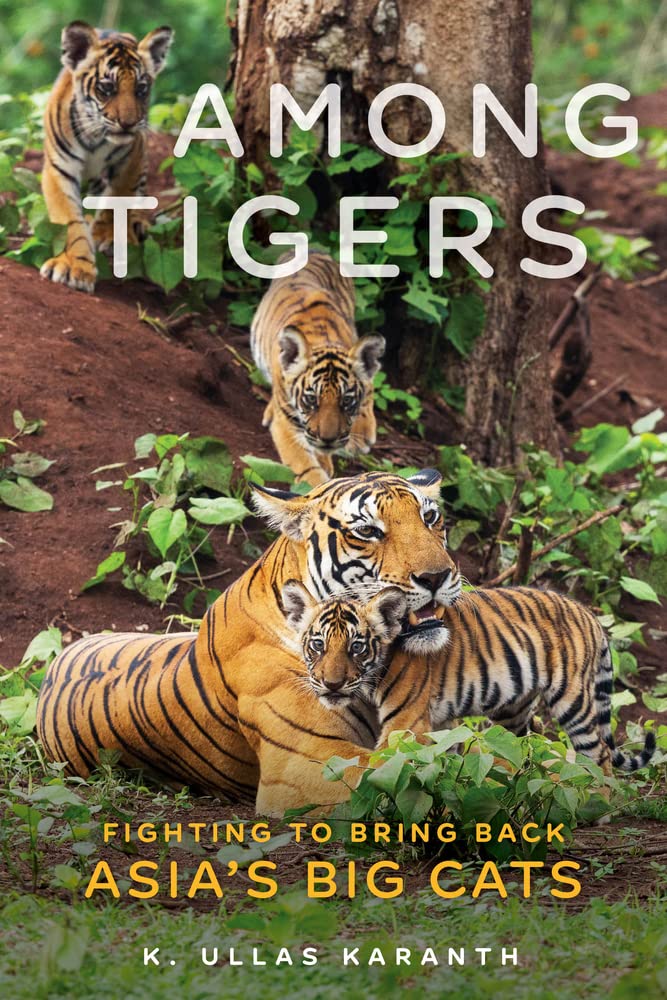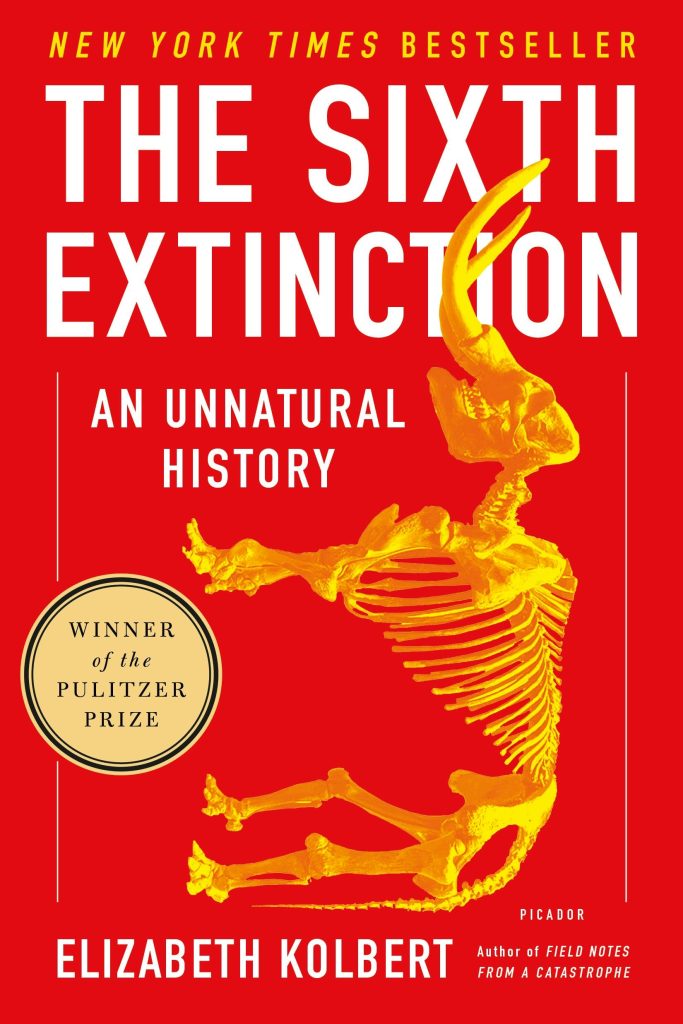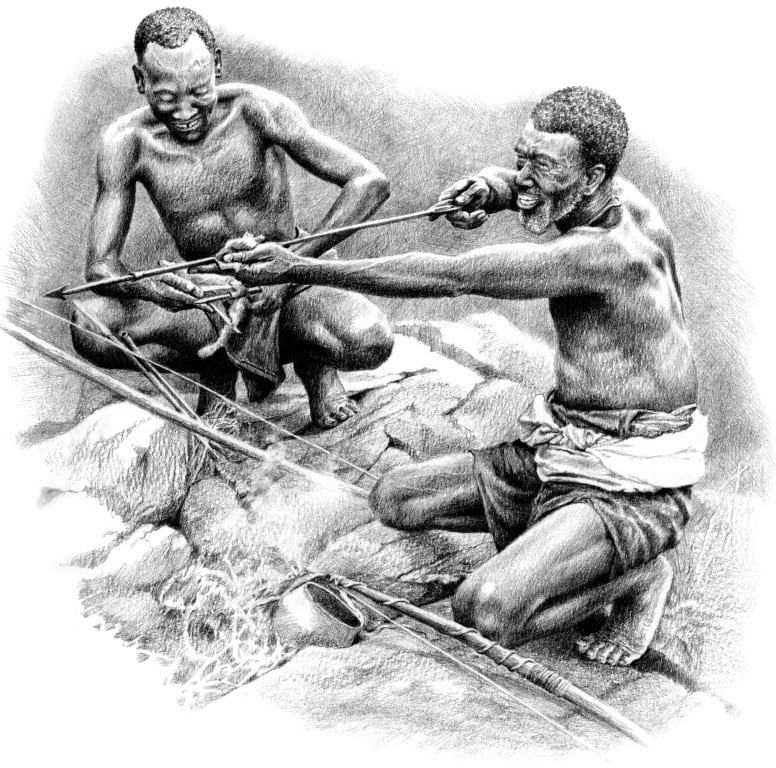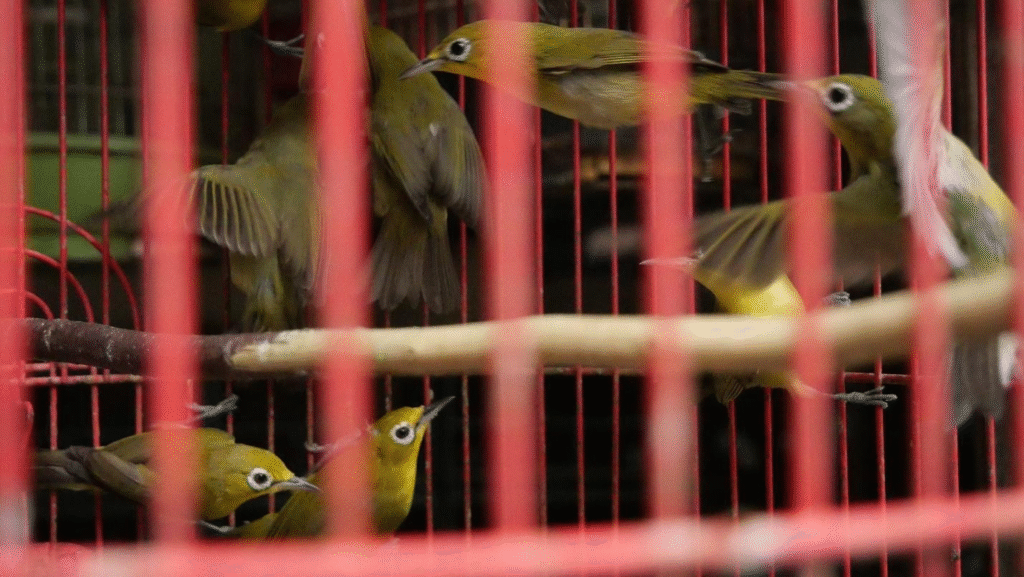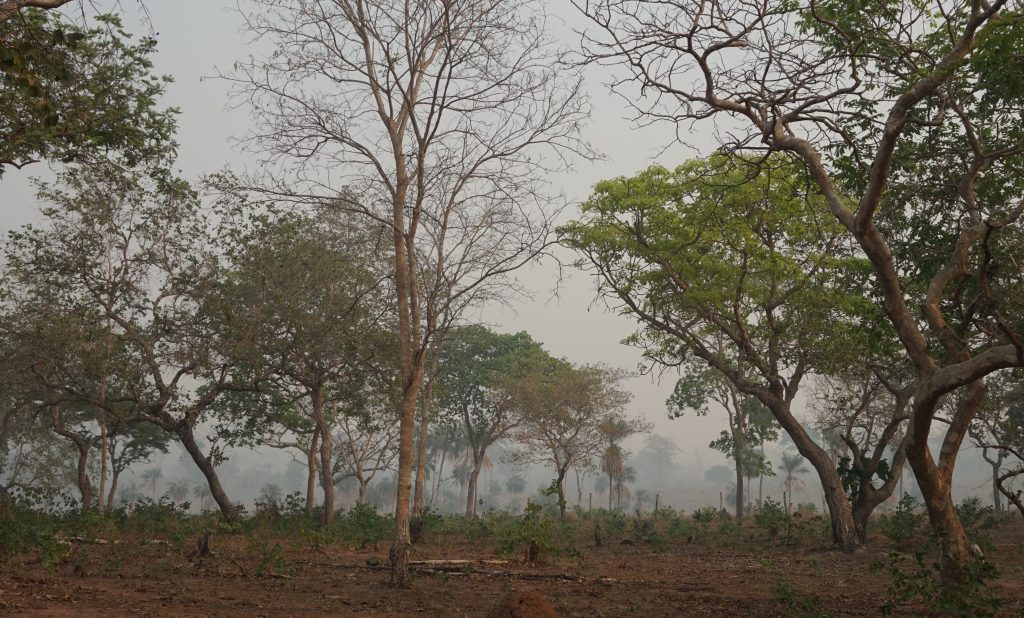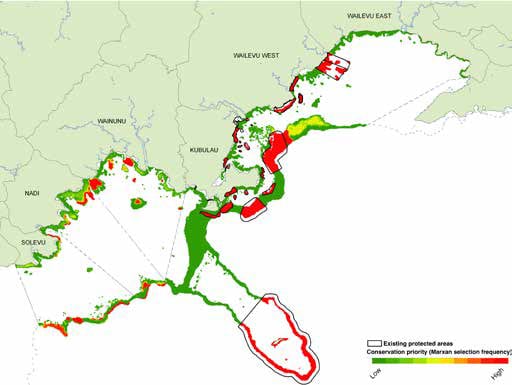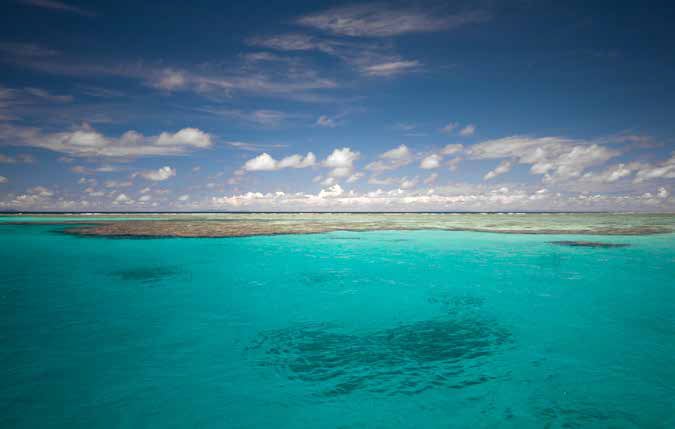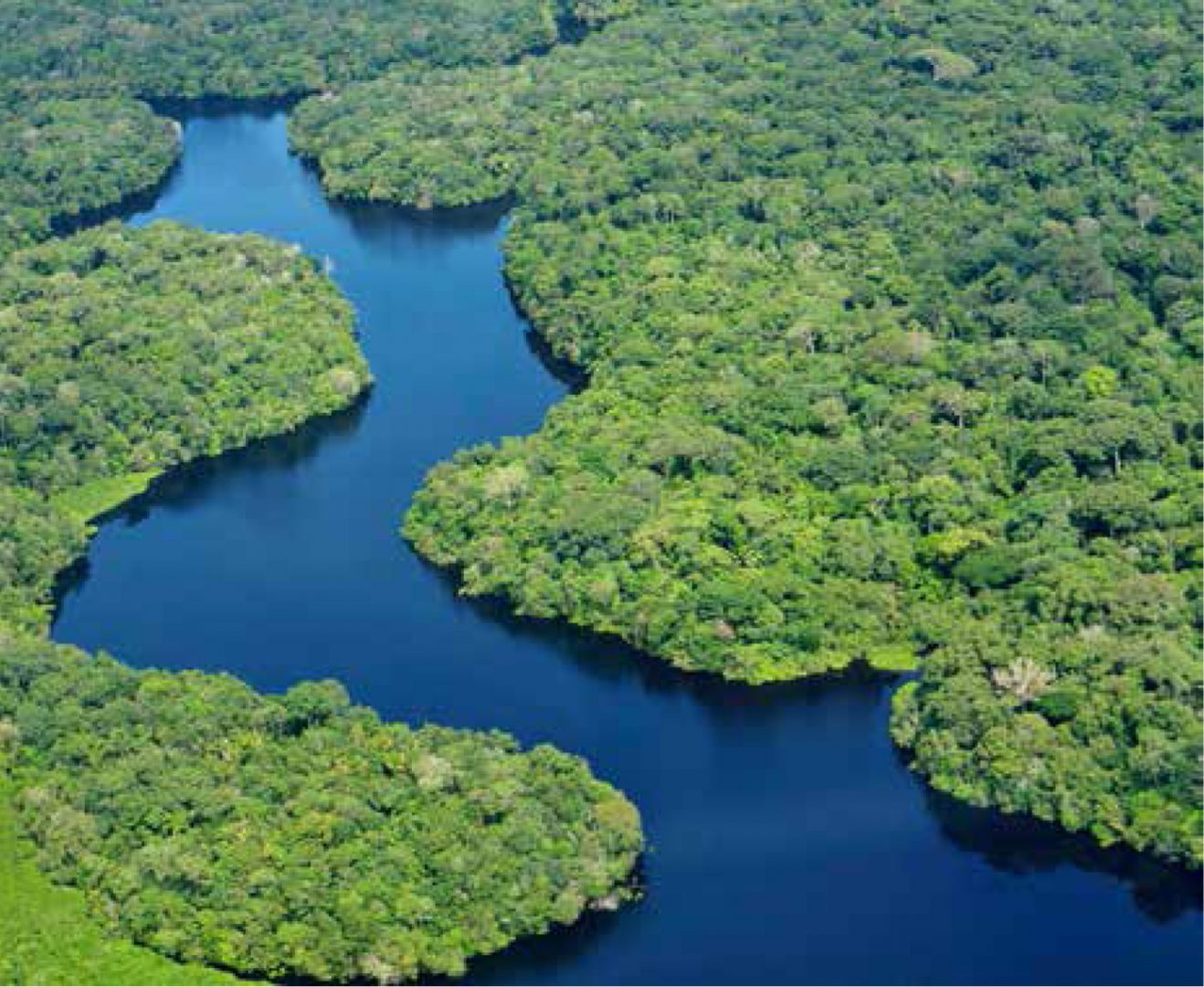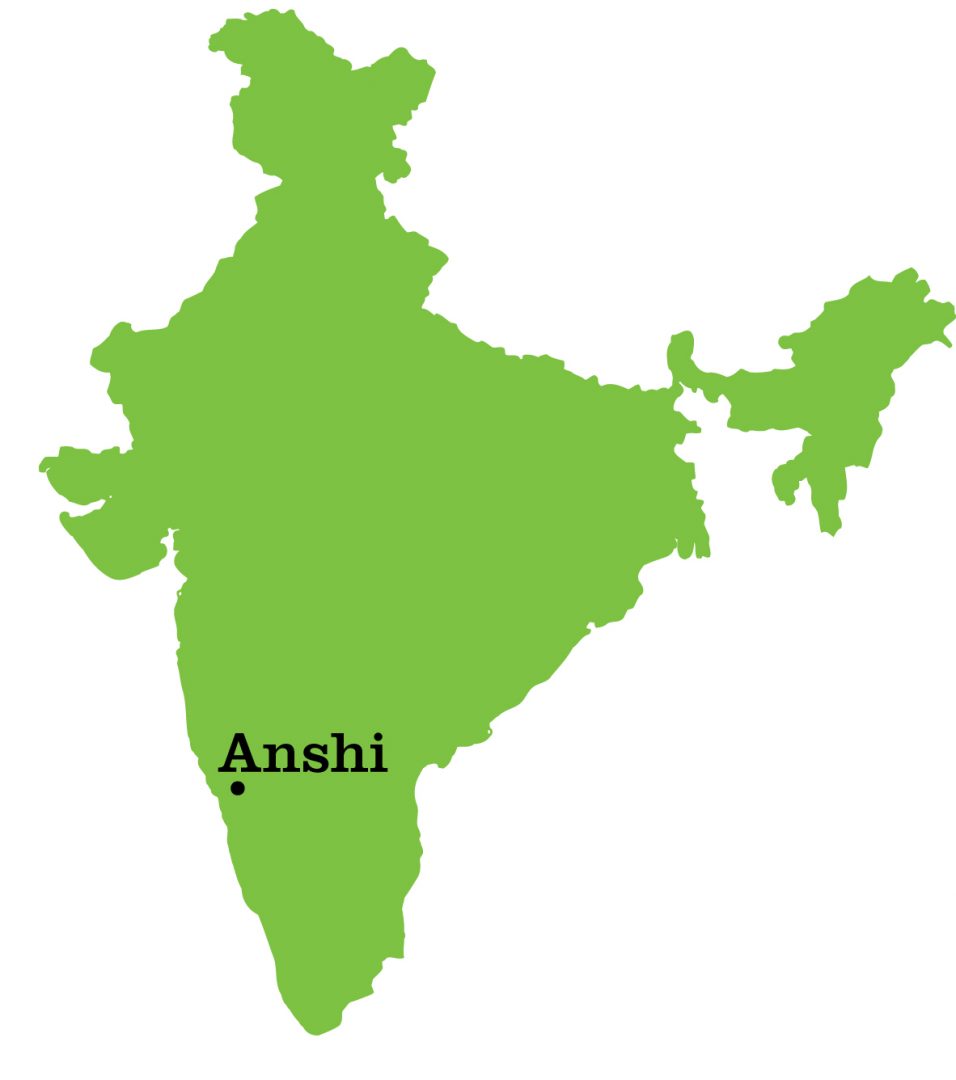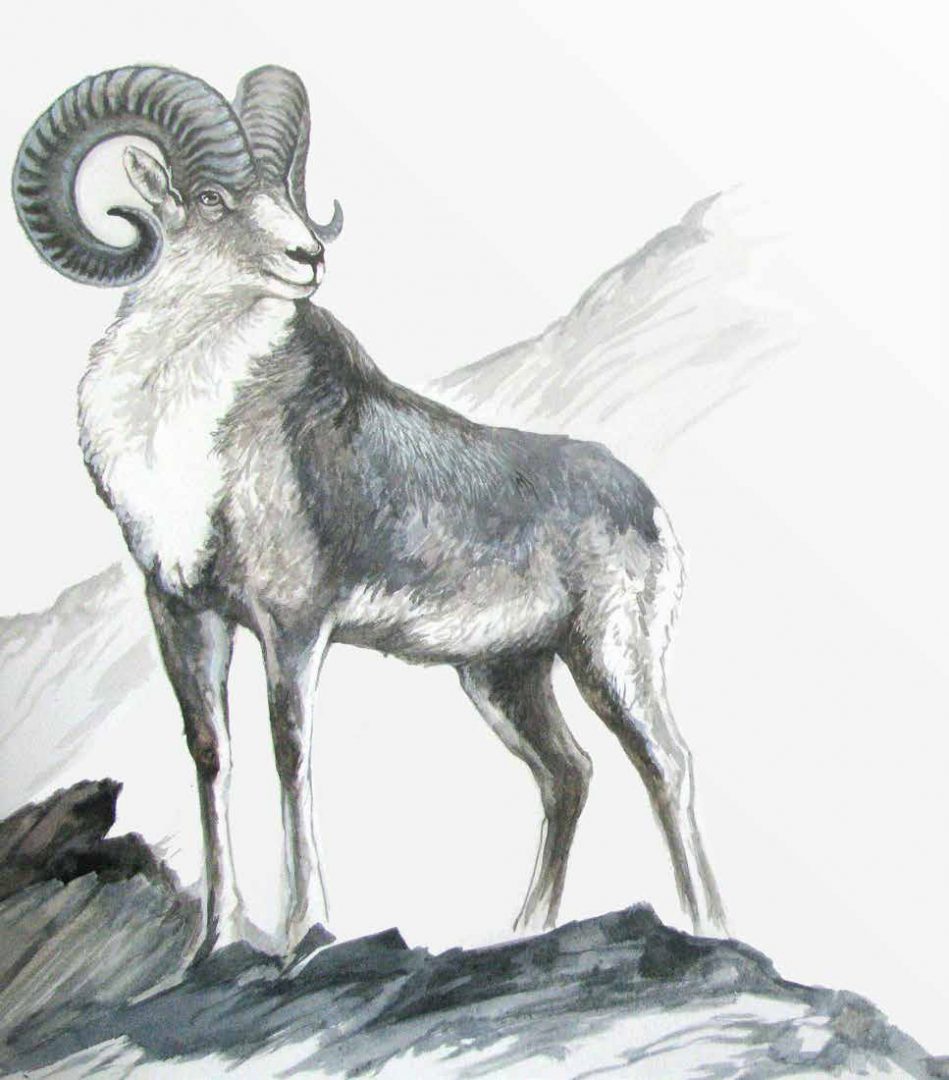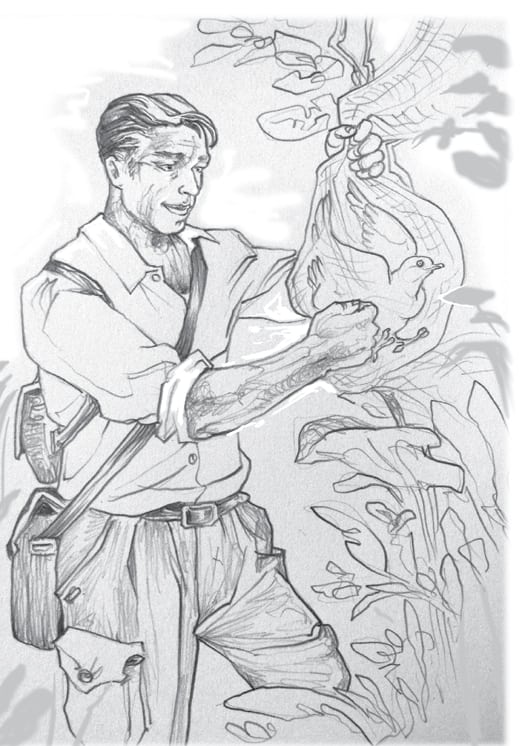Barbara Block is Professor of Marine Biology at Stanford University, USA. Over the course of the last decade, she has mapped the seasonal movements of predators in the Pacific and Atlantic Oceans. Her work has lifted the veil of opacity from the oceans: we now see migratory pathways, feeding and spawning grounds, and homecoming gatherings. Although marine animals seemingly have the freedom to go anywhere on earth, Barbara’s work highlights they are creatures of routine, following the same route to arrive at the same spot at the same time every year. Barbara won the Rolex Award for Enterprise in 2012 for using technology to monitor oceanic hotspots, and enabling the public to build a rapport with the animals of the deep. Since oceans are huge expanses, we think we can take as much as we want and there will always be more. In this interview she talks to Janaki Lenin about why we should conserve bluefin tuna and sharks, and the challenges of changing people’s opinions.
JL: Why should we be concerned about tunas?
BB: Giant tuna, such as bluefin tuna, have a commodity value where a single tuna can sell for tens of thousands of dollars. When wildlife has a high value, it is hard to stop commerce or trade in the species. This is the case for bluefin tuna which is the most sought after member of the tuna family. Bluefin tunas (three species) are in a high-class, luxury market. The rest of the tunas, which includes species such as skipjack and yellowfin tunas, primarily goes into cans. For these species, there is often a bycatch of non-target species such as turtles and sharks. Instead of the target species, the net actually captures top predators in the ecosystem.
JL: You were part of the 10-year-long census of Marine Life program which sounds astounding in its ambition. Could you tell me more about it?
BB: We tagged 4800 animals, about 75 scientists from many nations working together. We took on the Pacific Ocean, the largest ocean, and asked, “Could we learn how it works from the top predators?” We started with arrows on a map. Do the white sharks go this way? Do the blue whales go that way? Do the tunas go this way? We did a lot of testing of existing and new electronic tag technology. Together as a multinational coalition, we did almost the impossible. We got a glimpse for ten years of how the Pacific Ocean worked. What we discovered was there was a pulsatile movement of the animals according to seasons. Animals you thought would wander everywhere were basically going away and coming home, going away and coming home. The northeast Pacific, which is about the size of the Atlantic Ocean, from Hawaii to coastal California, basically had a repertoire of seasons that the fish and animals were following. None of us had known that. So we learned it was a finely-tuned periodicity much as you’d expect on the plains of Africa in which animals were going through large migrations on a seasonal scale.
JL: You also did a Tag-a-Giant campaign. It’s amazing you managed to tag a thousand animals. How do you process data like that?
BB: We’ve had a lot of experience handling tags, animals and the large data sets that are generated. In the case of Tag-a-Giant, that’s my favourite project. That’s the project I started with. I was a youngster when we first put computers into tunas in the North Atlantic. We decided early on to put tags internally into the tuna, and have a long stalk that sampled the environment come out of it. The idea was we let the tunas go with tags that said, “We’ll pay you a US $ 1000 if you return our recorder.” Sure enough, 24% of them came back in the Atlantic. We put out about 700 of those tags, but we also put out pop-up satellite tags which didn’t need a fisherman to intervene. And those we got back at 80% level. So together now, we have in the Atlantic, over 30,000 days in the life of tuna. Imagine if we did this to humans, we would find that we have places where we gather at restaurants, foraging stops. A Londoner and an American can be in the same place, say in New York. It’s the same with tuna. We found out where are the lunch stops are that many of the animals come to versus where are the lunch stops that are only one side might come to. We found the tunas were mixing across the ocean but separating back to their spawning grounds.
JL: When people see the tuna at the Monterey Aquarium, what do you want them to think about the tuna fishing industry? What do you want them to take away from this experience?
BB: I think we have to stop thinking that tuna are just food on our table. We wouldn’t go into Africa and eat the lions, zebras and elephants, in most cases. We are basically doing that in the ocean. We are not looking at wildlife in the ocean as anything but food, and we could leave to our children an ocean without these animals. We have to learn to live sustainably, and potentially raise herbivorous fish that are much more productive; not carnivores, but herbivores that could feed many people.

JL: How would you protect something that is so valuable? Just looking at the price of tuna, one appears to be so much more expensive than a tiger.
BB: I think it’s hard. Aquaculture to some extent is going to help save the day. Around the globe, there are many projects that are trying to raise tuna. Japan has taken a spectacular lead on the technology, Australia has got an on-land facility. There’s probably 10 facilities being built – one in Taiwan, a couple in Spain, Greece, Israel. It’s like producing gold, if you can do it. I believe there’ll be some breakthroughs there. I’m not saying I’m for farming tuna. If a portion of the market could be met through that type of activity, and done sustainably with good science and sustainable feeds, then it would take the pressure off the wild stocks.
I think if the wild stocks are managed correctly, the tuna can be fished sustainably. But it’s a cocaine-of-the-sea type of problem where many people want it and no one’s paying attention to the rules. Pirated tuna is a really big problem. I dream of a new technology. What if we could barcode every tuna that’s landed and keep track of them. What if we could barcode every live elephant, or every live bluefin tuna left on earth so you really could keep track of them. So my dream is really to make a tag, a carcass tag that allows us to keep track of fishery in a more accurate manner from point of landing to market, so we don’t have any pirating.


JL: At the 2010 CITES meeting, there was a call for banning bluefin tuna fishing. Some were calling it a point of no return if the voting failed. The voting did fail. Where are we today?
BB: In the Atlantic, there is a complex population structure of the Atlantic bluefin tuna that is emerging with genetics. Our lab and many others are doing this work. What’s coming out from this work is that the population near America is much more threatened than the population on the eastern side of the basin, the Mediterranean population. The tagging and genetics show that because the European tuna come over to our waters, they help protect our tuna. If our US or Canadian fishermen catch one of their fish, they don’t kill one of our fish. So we have this complex set of dynamics going on that are critical to capture in the models being used to manage the fishery. The European fish are thought to reproduce quicker, faster, potentially they have a larger and stronger population. Whereas our population that breed off US shores in the Gulf of Mexico of North America is the weak population: the animals take longer to mature, and reach larger body size at maturity. These bluefins are the giants of the ocean, the largest tuna in the sea. Our North American population is extremely low and the eastern Mediterranean population is larger, potentially rebounding quicker (due to lower age to mature), but we’re still not sure. Some say they are coming back after a short letup in fisheries take. The models being run by ICCAT don’t really reflect the true biology of these populations. Until they do, I would be cautionary. They don’t have enough robust analysis of the mixing of populations, which population is which that you are modeling, and until we get there, it would be premature to say the tunas have recovered.
Furthermore, your question refers to the western bluefin population that’s spawning in the Gulf of Mexico. That is what should be discussed in those contexts, but unfortunately people say ‘bluefin tuna’ which is a whole species that doesn’t require an endangered species status. It’s a very complex problem. It raises the big question: in the ocean, what is an endangered marine species? When are there not enough parents to make the next generation? That’s a tough question. That’s the limit of our knowledge right now. What happens when you get down to the last few giant bluefin tuna? In our case, there could be larval cascades going on. In the old days, there may have been tens of thousands of bluefins spawning at once who made lots of bluefin babies and their burst of reproduction meant they were the dominant tuna. Now, a lot of the times they get many more of the smaller tuna eggs, the blackfin, and at the same time they get bluefin. There’s a potential that they are eating the bluefin at this point.
JL: Does the fishing community see what you are doing as helping the long-term survival of their industry, or do they see you as an adversary?
BB: I think we’ve come a long way with our fishermen especially in America. They respect us for the high content of the information we have put on the table. We are advocates for the fish, but we are also not going after closing fisheries. We think of sustainable fisheries. I’d like to see us protect, for example, the spawning areas immediately. It’s a case where longlines get set for a different tuna species called the yellowfin tuna, and the bycatch is bluefin that is protected by law. Currently, we wouldn’t outright close the boundaries and say, “Don’t fish here.” So we try to look for solutions that are practical for the people we are working with, and I think that builds respect rather than adversity between the two groups.

JL: Both the main species—sharks and tuna—are going to East Asian consumers. Shark fins go to China and tuna goes to Japan. So shouldn’t we be working with those economies?
BB: Sushi has become a fad around the world that it’s really amazing. In our grocery stores in America, we didn’t have tuna when I grew up. But now there’s tuna as a healthy snack. Same thing around almost all cultures. Eating raw fish has been passed from Japan to everyone. So there’s a global tuna pressure. Then canned tuna is very popular in America. I think to solve the problem we need to begin to think about what is it we want with our oceans. Do we want an ocean devoid of tunas? Or do we want an ocean that is managed correctly? So we can probably have healthy fisheries if we just had healthy management. That’s all we are saying. What we see as marine conservationists is the need for building protected areas in the sea. And there are some places like the California coast that might be a National Park, like Yellowstone, in North America. Places deemed unique in our oceans, rich in biodiversity should obtain World Heritage Site designations. The Great Barrier Reef is one such place but we need more. When I first moved to California 20 years ago, I had no idea when I looked out my office window, what a special place it is. And now after all this tagging, we’ve learned, “My God, we might be living in a hotspot in the sea.” We had animals coming from Indonesia, we had animals coming from Japan, we had animals coming from New Zealand. Many marine predators come to Monterey for a part of the year, and it’s exciting to see that this is the most spectacular place and nobody knows it’s there. And that’s my challenge. How do you make the seas transparent?
JL: What do you think should be the strategy at the coming Bangkok meeting? Even if it’s sustainability that you are talking, not outright banning. How do you set quotas? It’s all a question of bargaining and Japan is going to veto anything.
BB: Yeah, I know it’s really tough. What’s happened is that the green groups have gotten better at understanding the game and how it’s played. Japan is an economic force that is trying to get votes to help sustain its way of life. It’s a country that requires lots of tuna. I take hope in the fact that everyone is trying to solve the tuna aquaculture problem. And even I get bitten by that bug. We’ve raised tunas for 20 years and I can’t think of anything more fun than trying to raise, in our case, bluefin or yellowfin. Bluefin is very difficult to do. But Japan’s solved it and so has Australia; Spain’s trying to solve it. And I do think there’ll be a day not too long from now, 20 years from now, when a lot of the meat will be coming from these facilities.
JL: Would such an operation be economically feasible?
BB: I think it’s economically feasible and I think just like salmon, which 25 years ago was wild caught, is almost entirely produced through aquaculture. The challenge will be: Can we do aquaculture scientifically correctly? Which means that you’ve got to develop the feeds; you’ve got to make the feed out of something that is not competing with human protein. It’s very difficult and I recognise that. We dream of fish that eat soy grown on our farms in the plains, and then are potentially genetically selected like plants. Or, the other idea is raising fish on algae with the right essential oils. You feed little cubes like brownies to your tunas. At Monterey, we feed a snack to tunas that’s just like a green brownie, and it’s just seaweed with the right vitamins in it.

JL: What about sharks? We’ve talked a lot about tuna.
BB: The problem with sharks is that they reproduce in a manner very similar to us. They use internal fertilization and have a small number of pups per year, a reproductive style that has allowed them to be successful in the oceans for millions of years.
We always hear about shark-finning, but people are eating the meat of some sharks, not all sharks. Humans are taking sharks at a level that really defies imagination. It just makes me wonder how could there be all these sharks in the ocean. The level of landing of sharks is stripping shark populations globally. They cannot handle the kind of fishing that was set up originally for tunas and other bony fishes.
As tuna populations become smaller, the longlines and other gear target sharks by mistake. That was initially problematic for the fishermen, but now they are directed towards the sharks. Out there in the open ocean where people fished, initially sharks weren’t brought in, but now they are brought in. They are brought in for their fins, they are brought in for certain parts of their meat, and that is happening everywhere you go in the ocean. It’s really tragic because sharks cannot keep up with that pace. So there are places we go where we don’t even see sharks anymore.
What’s interesting about that is we don’t understand what a shark does in a healthy ecosystem. We know they are important. We know that ocean ecosystems that are normal require top predators to maintain resilience and balance. When we remove them, we may ultimately be flipping the ecosystem to some new equilibrium that we don’t even understand. It’s happening everywhere where sharks are being removed; we are getting a new set of ecosystems. In some cases that might mean you have herbivores on the reef overnight, more algae growing because certain animals aren’t there anymore, or the sharks were removing part of the ecosystem that you didn’t realise what role it was playing. So we are doing these experiments everywhere and nobody really knows what the consequences are. I’m happy to say that off the California coast may be one of the places where sharks are running wild in a big way. Same in parts of Australia. It’s a question of what makes it healthy versus what do you gain from a healthy ecosystem? Do you gain happiness because you have have wildness? Or do you gain something in value that’s worth more? So we are actually looking for support right now to understand what does it mean to have an intact ecosystem. In general, it means more linkages, more stability, more resilience, but that’s hard to translate.
JL: The trouble with making people feel a personal connection with any marine creature is the lack of a personality.
BB: That’s what Shark Net is about. The Rolex award is about using new tools to bring a more personal connection to stories. I really don’t know if youngsters in India, Japan, or China would have the same interest as American youngsters. They love sharks. Here, there may be a culture that fears sharks, I don’t know. So how do you overcome the —what is a shark?
JL: Do sharks have personalities?
BB: An hour from where I live in San Francisco are the biggest predators, 5000 lb. white sharks, in the sea. I don’t dive very much anymore in my area; I have a healthy fear, but my students all surf. I think it’s great that I can go out and study the sharks in the fall, get them close to the boat, and work with them. None of them are real personalities to me; I see them as white sharks. But my students who study them quite regularly, they’ve got their favourites out there. There are sharks that’ll only approach the decoy one way. There’re sharks that come right up. One shark called Engine comes right up to the boat and always likes to tap the engine. He keeps us on our toes.
Photographs: TAG a Giant, Monterey Bay Aquarium/ Randy Wilder, Rolex Awards/Bart Michiels

